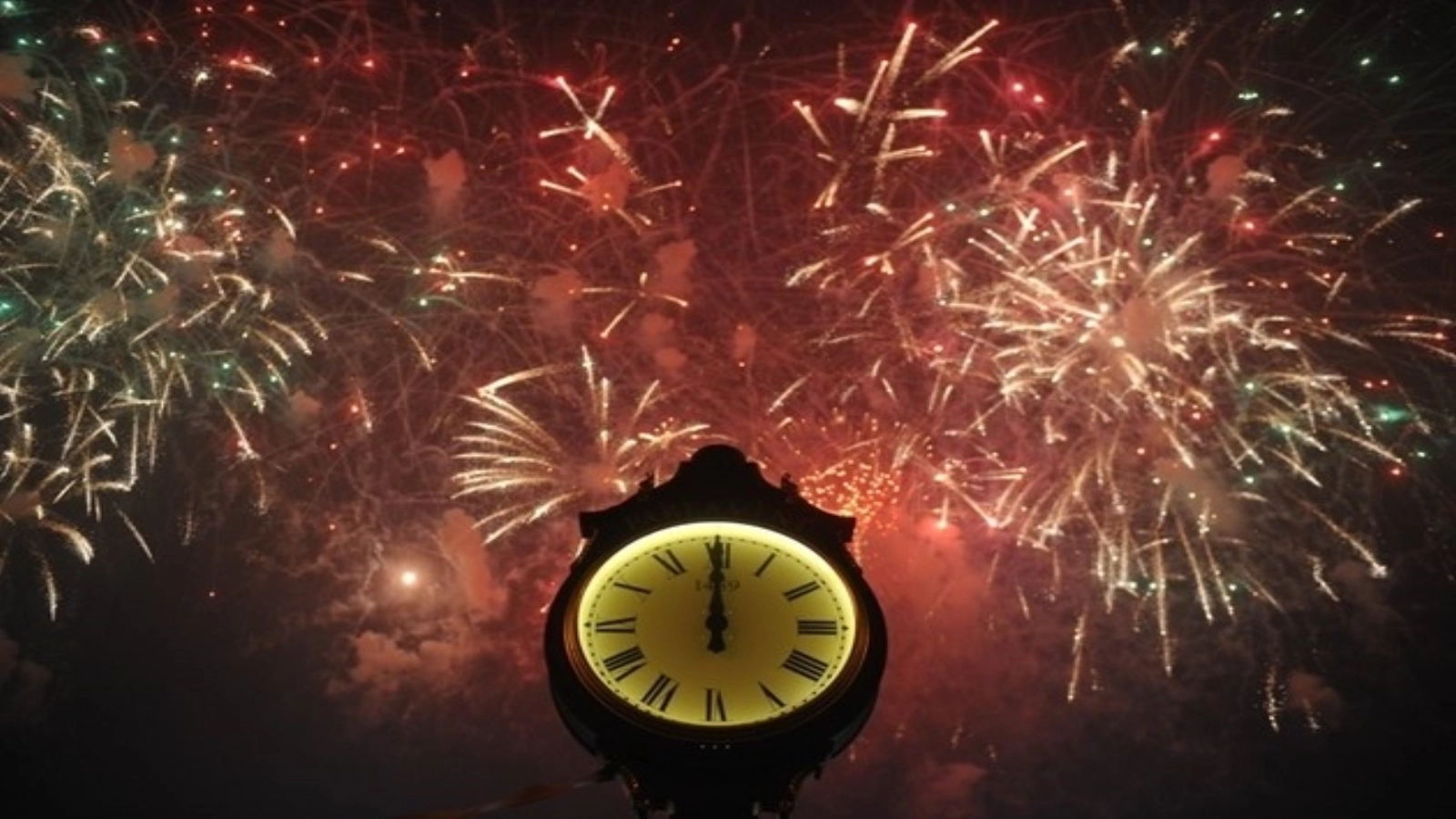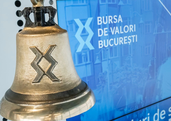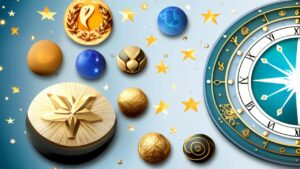In some villages of the central Mures County, the night between years, called Vergel, is considered a favourable time for magic in which major events in human life can be foretold through specific rituals, as is the Vergelat, a ritual for finding one's pair.
According to notes from a collection of folklore currently in progress, belonging to professors Cornel Banu and Mihai Teodor Nasca from Sanpetru de Campie commune, on New Year's Eve there are a series of rituals and customs specific to the area, through which not only the bachelors are found in the case of the unmarried, but also how the weather will be during the following year, Agerpres informs.
"The night between the years was called Vergel, and the custom through which one's pair was found was called vergelat. This custom is related to the winter holidays and refers to finding out the other half for young people. The boys and girls would gather, on New Year's Eve, at a more spacious house in the village where they would 'get together'. Before entering the new year, a boy who is more open-minded and talkative, procures the following things in advance: a piece of bread, a gold ring, coal, comb, onion and salt. The young people who participated in this game left the room, while the one mentioned above placed these things on the table, covering each of them with a plate. The young people were then invited into the room and each one chose a certain plate from those that hid an object. Depending on the object found, so was the one's half," the collection of professors Cornel Banu and Mihai Teodor Nasca says.
According to the authors, the bread was associated with the goodness of the future husband or wife, the gold ring represented the immense wealth of the future chosen one, but also a great chance of marriage. Also, the coal meant that the chosen had dark skin, the comb meant a gallant person, the onion an angular person, an evil or quick-tempered person, and the salt, a person with good material condition, one with wisdom.
From the collection of folklore we also learn that, on New Year's Eve, which in the last century was called Vergel in Sanpetru de Campie, the host of the house took a large onion and cut it in half, and this, following a ritual, determined the state of the weather for the following year.
"After he took the onion and cut it in half, from the outside to the inside, alternately from the two halves of the onion he took the layers and placed them on a sieve turned upside down. He started from the first layer, which he indented and called it January, then one layer was added for each month until December. Salt was sprinkled over the 12 onion layers and then they sat in a dark place. On the first day of the year, it was checked how much water was formed in each sheets and this was the rainfall forecast for the coming year. Many times this forecast came true, and the onion calendar was part of popular agrometeorology," the two professors argue.
As for the customs of the Plugusor and Sorcova, professors Banu and Nasca claim that they only "seem to be taken from newer and more modern times", but the information about the plough and Plugusor is lost in history.
"The blessing of the one who plows the land, the prayers made for new beginnings make us think of other customs that come from the Dacian period, who celebrated the beginning of the agricultural year on March 1. Today, in some places, customs dedicated to the plowman are still worn, even if they take place at the beginning of spring, as is the custom of the yoke (tanjala) in the northern Maramures villages. On New Year's Eve, children and young people went with the plow, wishing the host health and well-being in the coming year. They had whips on them with which they cracked, one or two horns (bucine), made of a cow's horn, into which they blew, making a lot of noise, to which a drum was added. The purpose was, of course, to produce the loudest possible noises to drive away the evil spirits which seemed to multiply around the winter solstice, when the sunlight was less and less," the authors state.
As a rule, boys and teenagers went with the Plugusorul, and at Sorcova girls participated more.
"It can also be added that it was not a good omen for a girl or woman to enter the gate or door for the first time on the first day of Christmas and the New Year. It was believed that they bring bad luck to the host for the coming year. The first it had to be a boy or a man. The young were usually rewarded with money, and the older ones were also offered a drink," said Mihai Teodor Nasca.
Among the superstitions in the area, we recall the one regarding beans, but also washing clothes.
"From Christmas until after the Epiphany, beans were not boiled or eaten, because it was believed that sores would appear on your body. Also during this period, clothes were not washed for the reason that the wearer would not get dirty and stay healthy," Mihai Teodor Nasca tells us.
Also, as a funny part of the winter holidays, in Sanpetru de Campie, some of the young people of the village used to let the animals out of the neighbours' stables on New Year's Eve or move the gates of some, install them at other households.
"They were happy moments and no one was upset about these jokes," said Mihai Teodor Nasca.
































Comentează